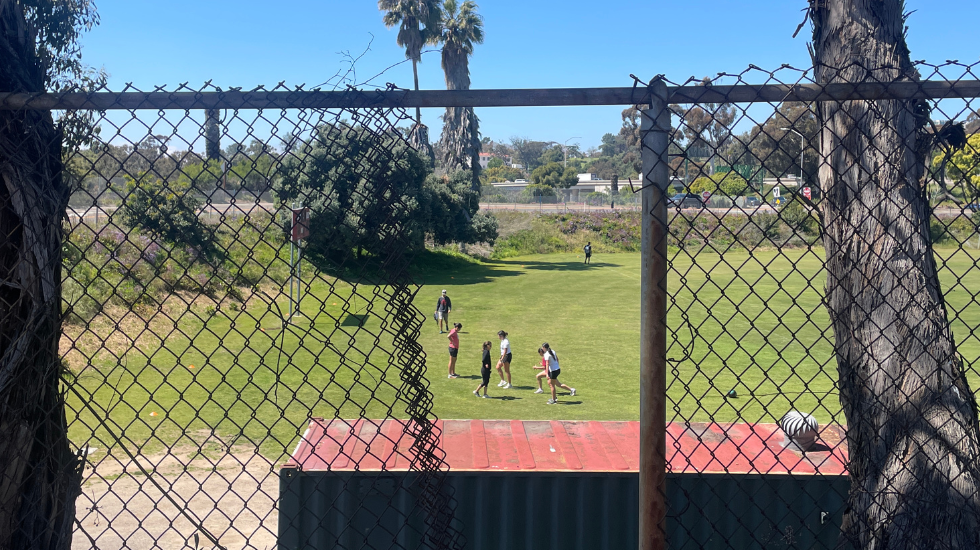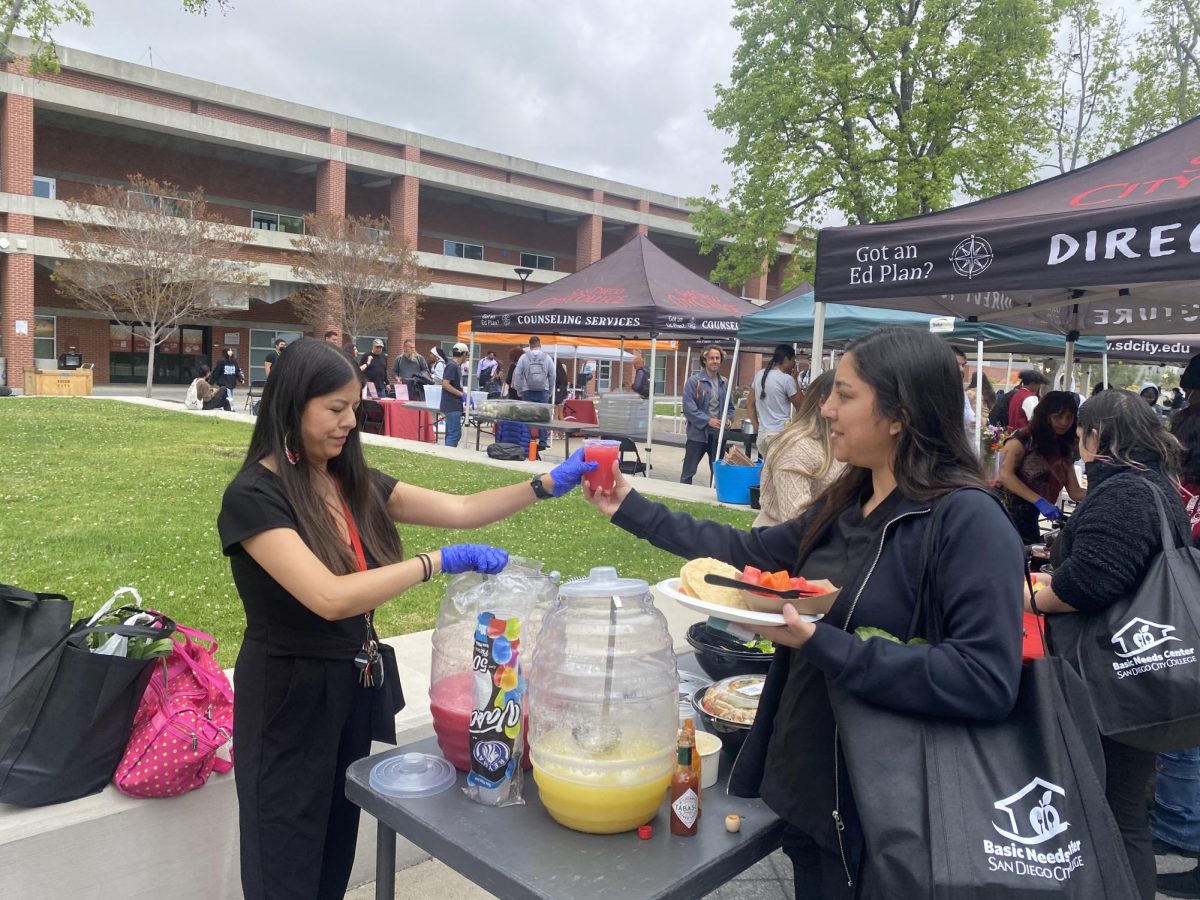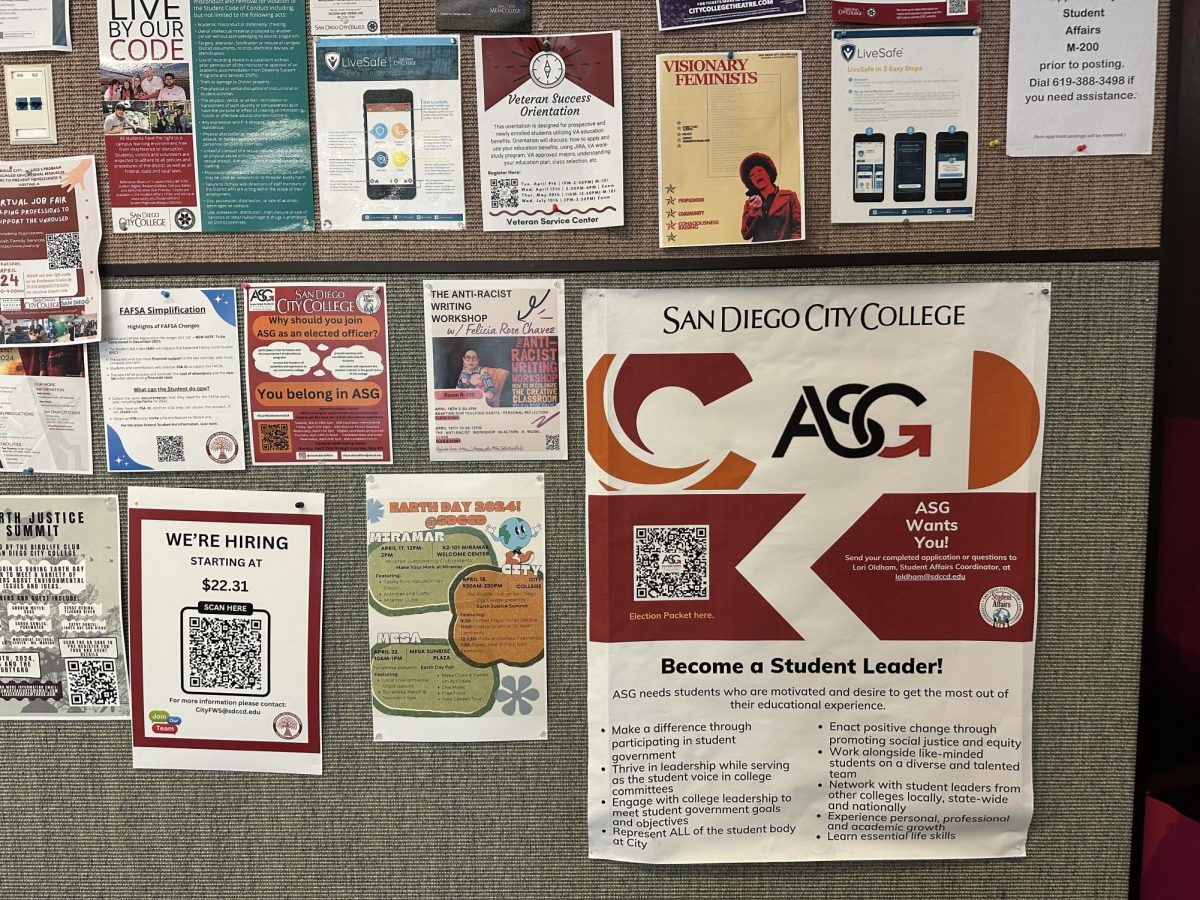The San Diego Community College District has been forced to borrow money from its reserves in order to survive the beginning of this 2010-11 school year.
Despite the lack of money to fund educational services, the district managed to add close to 1,500 class sections.
In a forum on Sept. 8 held at City College, District Chancellor Constance Carroll said the district has been forced to borrow from their savings since state legislature has yet to allocate budgets to community colleges and all local sectors.
“There is no bad news,” Carroll said. “We have the reserves and that will sustain us while we’re not getting paid. We are operating on our own devices.”
Terry Davis, vice chancellor of business services, told forum attendees that the state is $34 million behind in payment. In order to stay afloat, he said the district has been meeting payroll and other operational costs by borrowing $18 million in the cash flow reserves and using $17 million in the beginning balance.
The district has three other budget reserves. As of Aug. 18, the insurance reserve had about $11 million, the retiree health benefits reserve had $11.5 million and the capitol projects reserve had $5 million.
Carroll credits the stability and large reserves to the districts financial team.
“We have strong financial management that has kept us safe,” she said. “Terry eats, lives and breathes the budget.”
Davis explained that the cash flow reserve increased by 6.8 percent and the beginning balance reserve is up $3.2 million from last school year because of the district-wide hiring freeze.
“By recognizing the affects of budget cuts early and putting up a hiring freeze we were able to save and add to our reserves,” Davis said.
Carroll added that the district has advanced about $10 million to students qualifying for Cal Grants, since the state has not allocated money for students.
Aside from not receiving the budget for this school year, the district will not be receiving the amount needed to sustain the high volume of students enrolling for classes. The state compensates schools about $5,000 per Full Time Equivalent Student (FTES) but the district is capped at 41,000 when there are about 43,000 FTES.
An FTES could be one student taking 15 units or five students taking three. Last school year, 2009-10, the district had about 45,000 FTES but was capped at 43,000.
Although the district added class units to meet California state law requiring 50 percent of the budget being used for instructional purposes, Carroll said more classes were added to meet high demand.
“This is about all of us,” she said. “It becomes my job to support the dreams of others.”







